Should we be encouraging EVs or discouraging old smoking cars that are the most polluting? | Opinion
As an EV buyer, or at least an electric vehicle considerer – hell, even if you’re someone who thinks it’s currently cool to drive a Tesla – you can argue that you’re doing your bit to reduce emissions and save the world, but did you know that there’s an even cheaper, easier way to have an arguably more profound effect that we’re completely ignoring?
I recently read a brilliant book, Malcolm Gladwell’s, Revenge of the Tipping Point that alerted me to the fact that just five per cent of the passenger vehicles on the road produce more than half of all the pollution in the air.
When I wrote about this elsewhere, and suggested that perhaps Australia should consider the kind of stringent smog testing that’s used in even such a backwards country as the USA, I was attacked by readers with pitchforks for keyboards for suggesting that they give up their old cars.
But that argument is as simplistic as they are.
READ MORE:
What I, and actual experts, would suggest is that we need to remove or repair the very worst-polluting cars, because of the vast difference it would make.
Consider that, in one study, a group of Italian researchers calculated how much Rome’s air quality would improve if 10 per cent of its city’s many, many cars became EVs overnight, and – spoiler alert – it was significant.
But then they did a second calculation: what would happen if the city required just the top 1 per cent of polluters to go electric (or took them off the road)? Pollution would drop by the same amount as the 10 per cent shift.
Interesting, but not even half as mind blowing as the work of genius and inventor Donald Stedman, who was a chemist at the University of Denver.
More than 30 years ago, Stedman came up with a machine that could instantly measure and analyse the emissions of cars driving past, used infrared light. Malcolm Gladwell spent a day by with him in Denver watching the machine at work beside a busy highway and quickly realised that very few vehicles set it off.
Stedman explained that those few cars were the primary cause of Denver’s air-pollution problems. A tiny number of vehicles were pumping out carbon-monoxide levels as much as 100 times higher than the average. Conducting a study in 2006, Stedman discovered that just 5 per cent of the vehicles on the road were producing 55 per cent of the air pollution from cars.
“Obviously, the older a car is, the more likely it is to become broken – it’s the same as human beings,” Stedman said.
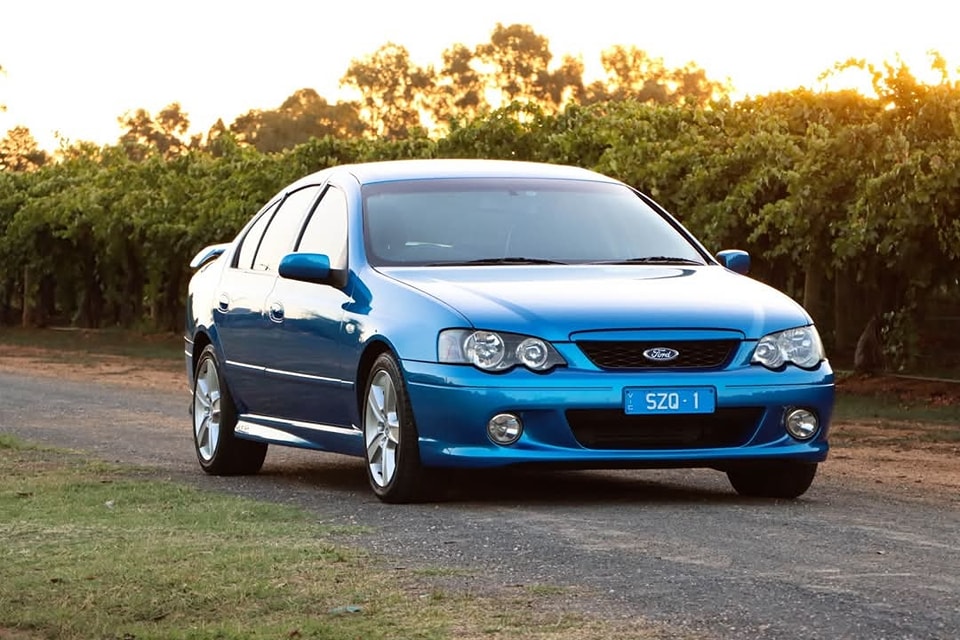
“It’s not unusual that these failures result in higher emissions. We have at least one vehicle in our database which was emitting 70 grams of hydrocarbon per mile, which means you could almost drive a Honda Civic on the exhaust fumes from that car.”
Stedman suggested to the local authorities that they set up his devices on major roads all around Denver. Police could then pull over and smog test those that tripped the system. He was confident that just half a dozen of his roadside smog detectors could analyse 30,000 to 40,000 passing vehicles a day, resulting in a reduction of emissions of 35 to 40 per cent.
Other studies around the world have found similar results: “somewhere around 10 per cent of vehicles are, at any given time, responsible for over half the automobile-based air pollution.
You’ll be unsurprised to learn that the state of Colorado did not enact this cunning plan, and that air pollution there is now worse than ever.
You might have noticed, however, if you ever visited the US, back when foreigners were welcome, that they conduct regular smog checks of their cars. Fail that test and “you may lose your vehicle registration stickers and be unable to drive the vehicle legally. You will need to have the necessary repairs made and repeat the test”.
In Australia, we focus on setting emissions standards for new vehicles and basically ignore the high-emitting old ones. Currently, our “vehicle emissions intensity” remains notably higher than Europe (107g/km for them vs 150g/km for us) and “remains closer to – but still higher than – levels in the United States and Canada”, according to the National Transport Commission.
The NTC adds that data from 2024 suggests the average age of cars in Australia is 11.2 years.
“This figure is a significant factor in Australia’s emissions intensity, with a large portion of the fleet having emissions above 250 g/km, a statistic that remains a concern,” the NTC’s report adds. Keep in mind what Stedman said about old cars, and old people.
Seven years after local manufacturing ended, Holden Commodores (pictured top) and Ford Falcons are still in the top 10 of vehicle models on our roads, according to NTC figures, which genuinely surprised me.
“These models, with a high average emissions intensity of around 260 g/km, are emblematic of a broader trend: 77 per cent of all vehicles on our roads today with an emissions intensity above 250 g/km first entered the fleet between 2003 and 2013.
“By contrast, 93 per cent of registered vehicles with an emissions intensity of up to 120 g/km entered the fleet in the years since 2014.”
So what do we do about this here in Australia? Well, very close to nothing, although in Queensland mobile road teams do conduct random emissions tests through a program called OVERT (On-Road Vehicle Emissions Random Testing), and drivers can be pulled over if their vehicles emit visible smoke. (Dear readers, have any of you ever seen this happen? Do let us know in the Comments.)
The cleverly named OVERT uses “a four-gas analyser to measure carbon monoxide and hydrocarbon levels in the exhaust”.
But here’s the kicker – even if your car fails: “Regardless of the test result, no legal action is taken.”
Instead, “vehicles graded ‘Fair’ or ‘Poor’ receive a recommendation to have the car serviced”.
Now, I’m not a genius, nor even a politician, but it seems to me that this is something we could, and should, be fixing.

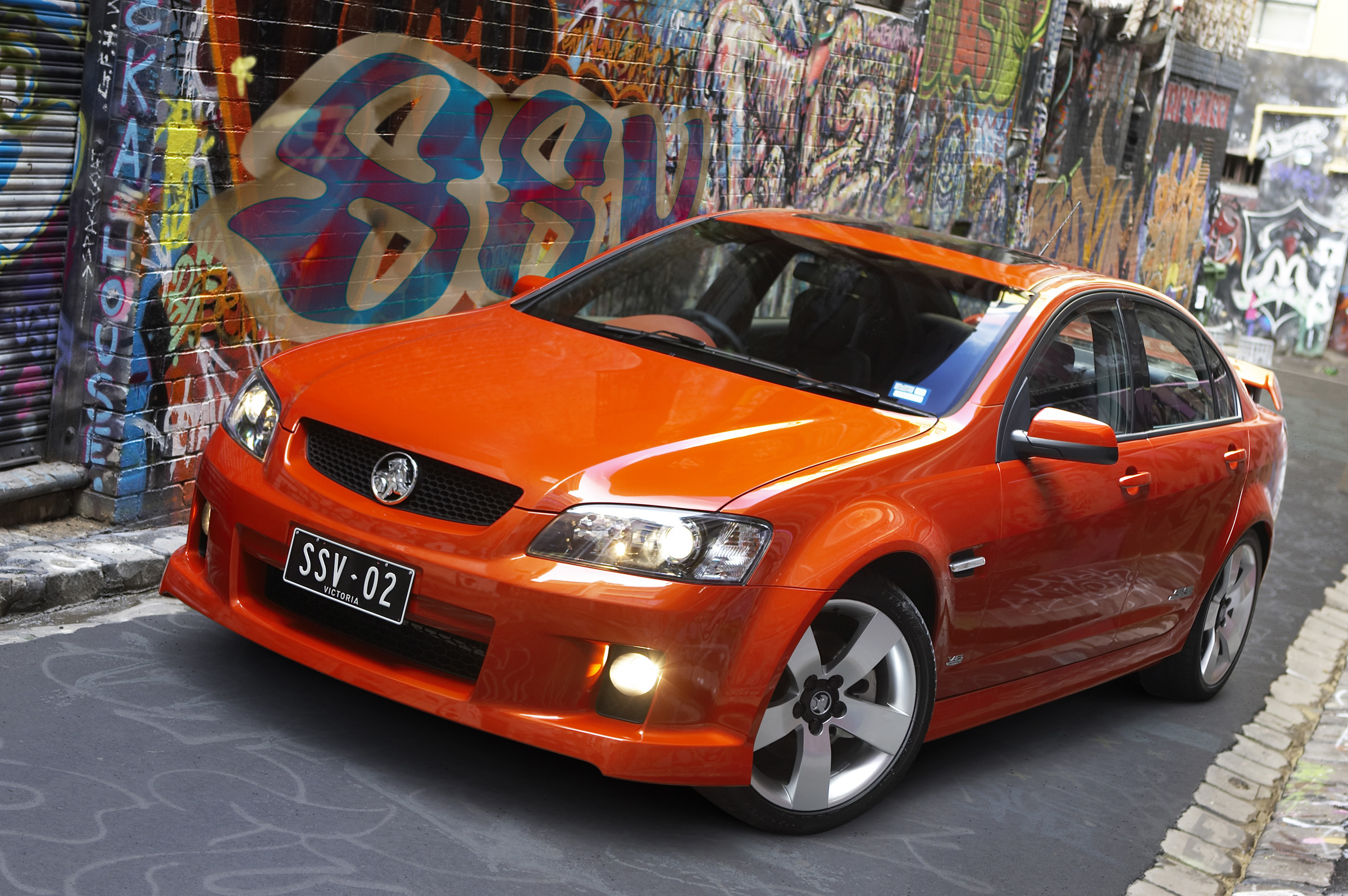
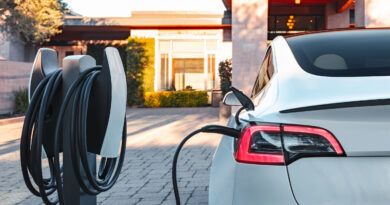
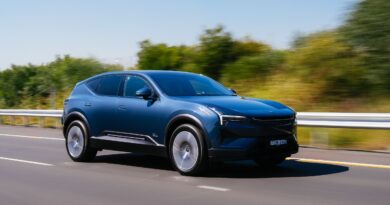
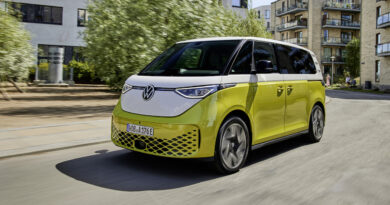
Great article – would be great. I’d love to see even just an article that shows the Top 10 Polluting vehicles in Australia…I know that only covers new ones but it would help people get to understand
You are definitely not a genius. Everyone knows now that EV’s produce more emissions though whole of life than ICE cars. To say oh an electric vehicle will produce no pollution as no emissions from the tail pipe, is a bit like saying my dog doesn’t emit pollution because he shits on the neighbors lawn and not mine. Real solutions occur when people are encouraged to think and act to reduce pollution. The moment governments mandate, penalize and big mouth people’s choices is when people will fight tooth and nail to resist change. Wake up!
“Everyone knows that EVs produce more emissions through whole of life than ICE cars. “ I would like to see your sources for such a claim, given that your statement contradicts the advice of
CSIRO
Bloomberg NEF
International Energy Agency
US Environment Protection Authority
And a number of other scientific and regulatory bodies.
In fact you can read about it in this website
https://evcentral.com.au/which-is-best-for-the-environment-ev-or-ice-heres-the-truth-about-co2-emissions-across-the-lifecycle-of-new-cars/
I would be interested to know if more pollution is coming from Diesel or Petrol fuelled vehicles. From time to time I see black clouds of smoke coming from a diesel engined vehicle, but that’s just what you see and as you said in your article a poorly tuned petrol engine can cause invisible pollution to be produced.
Which is worse visible Diesel particulates or invisible hydrocarbons and other gases?